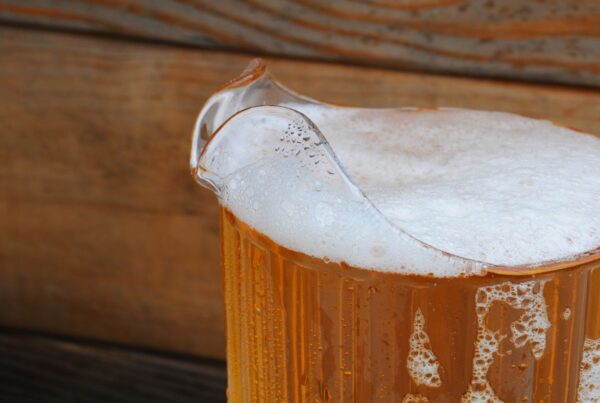IPA vs PA: A Tale of Two Pale Ales
Is an IPA the same as a pale ale?
If not… which one is better?
What makes a beer a pale ale in the first place?
These are the questions that have perplexed countless souls as they perused beer menus, since time immemorial.
Today, in this article, we’re going to get to the bottom of it.
Are IPAs an Indian Beer?
With “India” right smack dab in the name, you could be forgiven for thinking that the IPA is a pale ale that hails from the subcontinent. But India Pale Ales are not from India.
Confused? I don’t blame you.
Let’s get into things with a bit of history.
The Hoppy History of Pale Ales and IPAs
Pale ale originated in England, as early as 1703, when it just referred to beers made with coke (a processed form of coal), which tended to produce amber or copper-colored ales.
Those Brits were really onto something, because today, the term “pale ale” technically covers several styles of beer (including IPAs). But still, when you see a bottle labeled as a pale ale, it usually contains a lighter, brighter end of the beer spectrum.
Meanwhile down under, the term “India Pale Ale” first popped up in an advertisement printed in Australia’s first newspaper, the Sydney Gazette, in 1829. (A term also used back then was “East India Pale Ale.”)
IPA was created to withstand the long journey from England to India, due to its high hop content acting as a preservative.
IPAs enjoyed popularity up until about World War I, when they started to fall out of favor. It wasn’t until the 1970s that local craft breweries began sparking new interest in IPAs and they became a popular brew once again.
Pale Ale vs. IPA: Comparing Taste, Flavor & Alcohol Content
Different countries make different styles of pale ale, for example, O.G. British Pale Ales tend to be more malty, buttery, aromatic, and balanced.
The American Pale Ale we drink today was actually developed as early as the 1970s or as late as the early 1980s (depending on who you ask) and tends to be cleaner and hoppier.
What sets a pale ale apart from an IPA? It’s all in the hops.
Basically, it comes down to the simple fact that IPAs typically have a higher hop content, which translates to a more bitter and aromatic beer. Other pale ales tend to have a lighter, more balanced hop profile.
Along with their higher IBU ratings, IPAs generally have higher ABV ratings as well. Pale ales will usually be somewhere around 4.5 to 6% ABV, whereas IPAs usually register on the ABV scale somewhere between 5 – 7.5%. (Double IPAs are typically around 7.5 to 10% ABV.)
Pale Ale/IPA Variations Around the World
- English Pale Ale (“Bitters”): Maltier, with a balanced hop flavor and often a touch of caramel or toffee notes, this brew pairs perfectly with a rainy day and a good book.
- English IPA: With a name that translates to “English Indian Pale Ale,” you know it has to be good. Boasting a rich hop profile infused with earthy, floral notes, this quintessentially British beverage is the original IPA that all others are based off of—it’s the real deal, old chap!
- American IPA: Clean, hoppy, and often with citrus flavors, this is your classic backyard BBQ beer. For a solidly good American IPA, try Jade IPA from Foothills Brewing in North Carolina.
- Belgian Pale Ale: A pale ale that’s copper and amber in color. (When it comes to “India” Pale Ales, what’s in a name anyway?) Spicy and moderately fruity, with a slightly sweet malt backbone, this beer will transport you to a rustic European pub, surrounded by tales of courage and conquest. Or at least, it’ll make you feel like you’ve got the accent down after a few too many sips. Santé!
The Final Word on Pale Ales vs. IPA
In the end, like most things beer, it all boils down to personal preference.
If you’re into a more hop-forward, assertive beer with higher ABV and IBU—grab yourself an IPA and enjoy the ride.
If a mellower, smoother libation is your cup of… well, beer, then the “regular pale ale” provides a more laid-back, easy-drinking experience that can be just as satisfying for some.
Whether you’re a hop-head or a malt maven, there’s a pale ale out there for every palate. Explore more types of beer in Hops Hunters’ beer reviews section!






